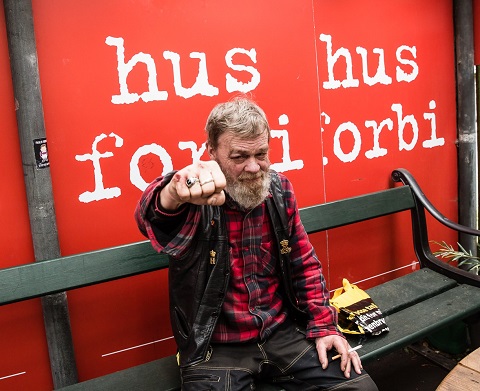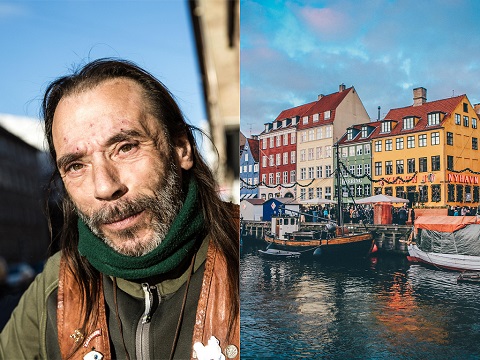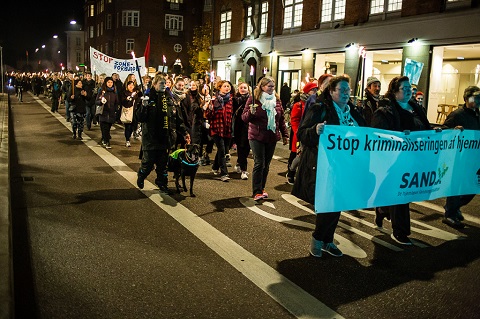A team from Hus Forbi attended the 11th European Research Conference on Homelessness in Copenhagen in September. This is the first of their reports from the conference, in which they hear about the relative merits of Housing First and the traditional hostel system for getting people out of homelessness.
By Poul Struve Nielsen, Henrik Søndergaard Pedersen and Peter Andersen, Hus Forbi
How do you best help homeless people? By providing them a roof over the head in a shelter or should you just give them a home and take it from there?
At the European Research Conference on Homelessness in Copenhagen last month, Professor Deborah Padgett from New York University declared, “We are in the housing first era.”

“Housing First is the national policy in Canada and the United States,” she said. The same is the case in many countries in Europe, including in Denmark, where the conference took place.
Before the Housing First era researchers used to see the way out of homelessness as a staircase where the first step is a bed in the shelter, the next step is some sort of transitional housing and then finally you can get a permanent housing.
Padgett pointed to a number of implementation paradoxes that researchers as well as practitioners from any country recognise. Lack of affordable housing is one major obstacle. Another one is resistance to housing first by opponents to the method.
“People from NGOs use anecdotes more than evidence,” she said. She added that a major obstacle to solving the homelessness problem in New York is that the homeless there are guaranteed a bed in a shelter. An industry has grown up to run shelters in order to earn public money.
At the executive level, people can earn up to a million dollars a year. This is, she argued, one of the reasons why there are more homeless than ever in New York – approximately 50,000 – although University of New York-driven Housing First programmes have been running since 1992.
Like many other cities in the United States, New York does not have a public housing programme. In Europe, and in particular in Denmark, things are different. 21 per cent of the housing stock in Denmark is public housing and 25 per cent of the housing is available for the municipalities to use for social housing.
This does not mean that it is affordable housing for the poor, but it brings down the number of homeless.
“This is why we generally have a low level of homelessness in Denmark,” said researcher and sociologist Lars Benjaminsen from the Danish National Centre for Social Research.
He said there was no contradiction between running shelters or Housing First programmes in Denmark. Denmark does not have the social-industrial complex that Padgett describes in New York City. In Denmark the Housing First strategy is supported by social workers in the shelters too.
“The shelter providers find it difficult to help their users to find housing because there is a lack of affordable housing,” he said.
Belgian researcher and developer of the Belgian Housing First project, Coralie Buxant, said that studies show in Belgium the costs are the same whether they use Housing First or work “as usual”.



















